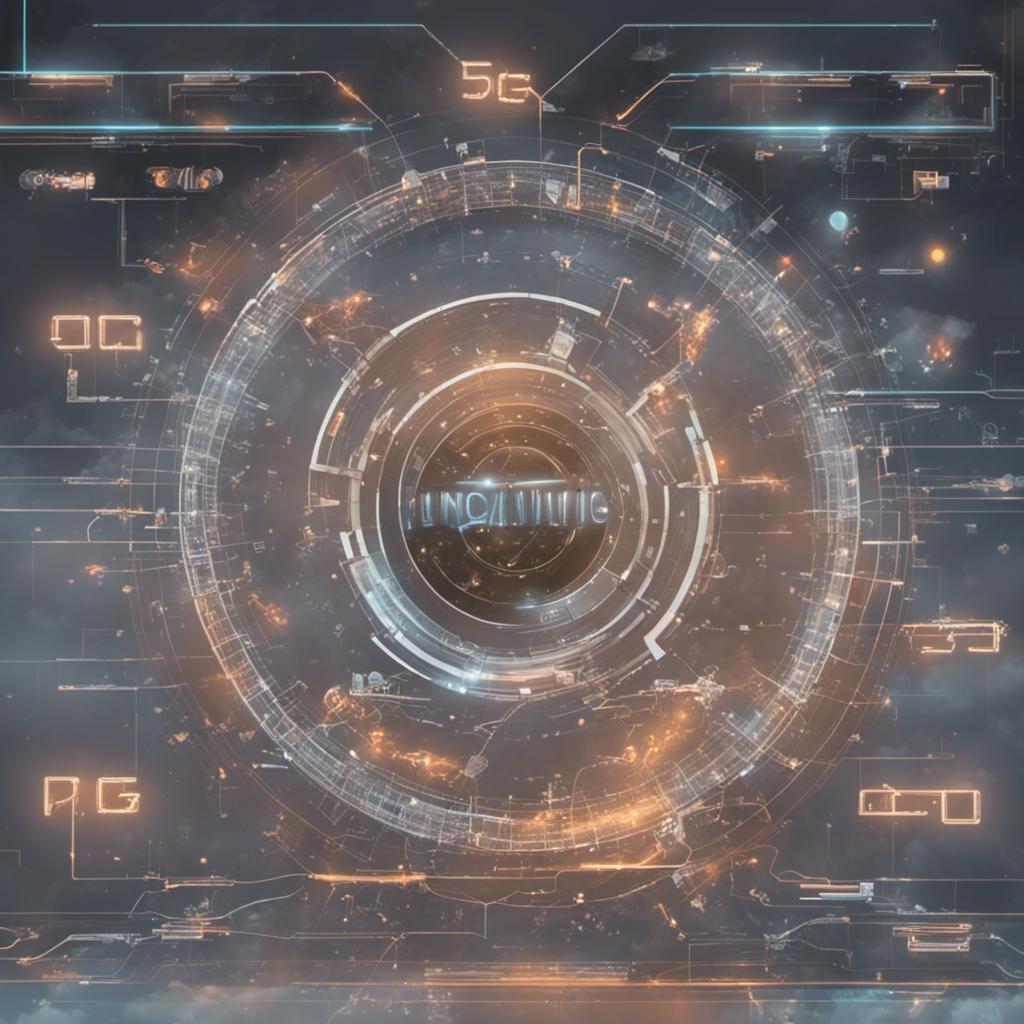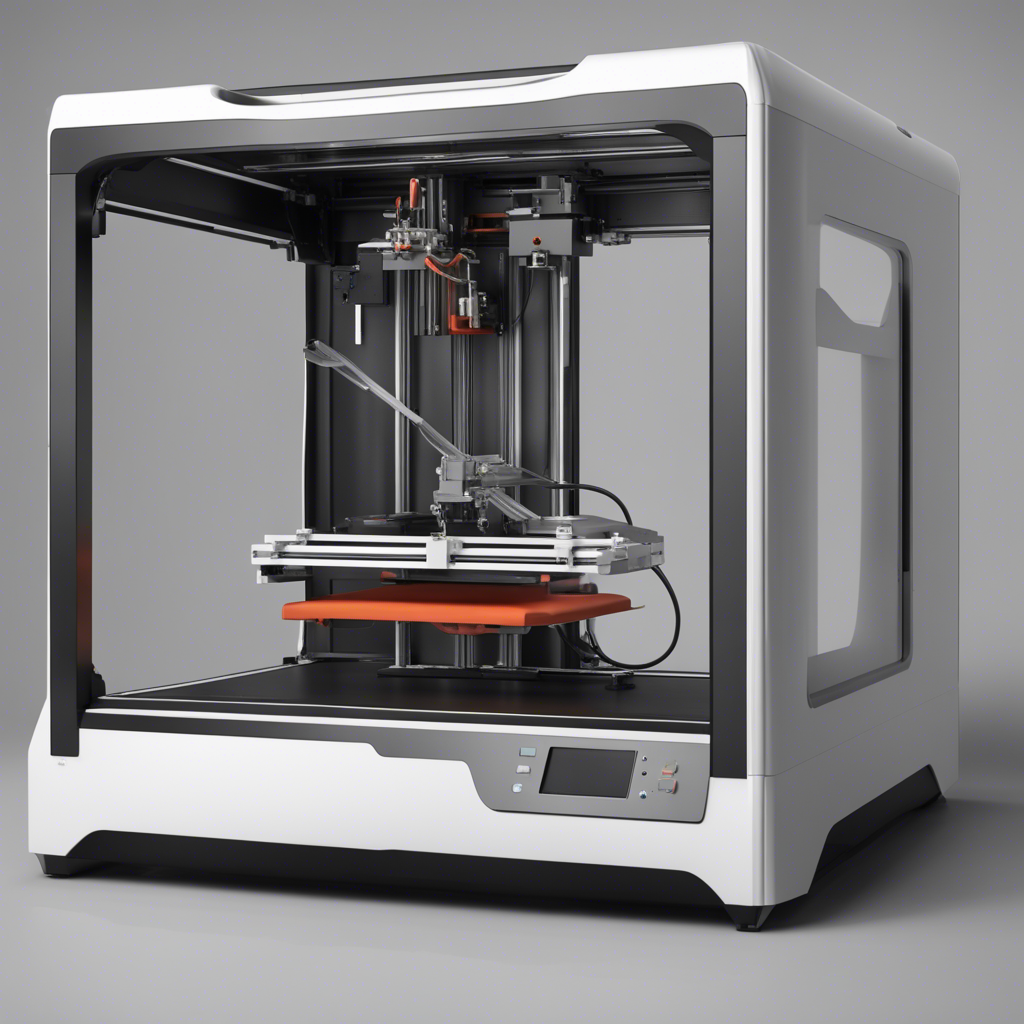
Python Programming for Beginners: A Step-by-Step Tutorial
Welcome to our comprehensive step-by-step tutorial on Python programming for beginners. Whether you are an aspiring programmer or someone looking to expand their coding skills, this tutorial will provide you with a solid foundation in Python and help you kickstart your programming journey.
Why Python?
Python has rapidly become one of the most popular programming languages due to its simplicity, versatility, and wide range of applications. It is a general-purpose and high-level language that is widely used in various domains such as web development, data analysis, artificial intelligence, and more.
Some key reasons for choosing Python as your first programming language include:
-
Readability: Python’s syntax is designed to be intuitive and easy to read, making it an ideal choice for beginners.
-
Versatility: Python can be used for a wide range of applications, including web development, data analysis, machine learning, and more.
-
Large community: Python has a massive and active community of developers who contribute to its extensive library of modules and frameworks, providing a wealth of resources and support.
-
Career opportunities: Python’s popularity has resulted in a high demand for Python programmers in the job market, making it an excellent language to learn for career advancement.
Getting Started
To begin your Python programming journey, you’ll need to set up your development environment. Follow these steps to ensure a smooth setup process:
-
Install Python: Visit the official Python website (https://www.python.org/) and download the latest version of Python. Follow the installation instructions provided for your specific operating system.
-
IDE Selection: Choose an Integrated Development Environment (IDE) to write, test, and run your Python code. Some popular options include PyCharm, Visual Studio Code, and IDLE, which comes bundled with the Python installation.
-
Code Editor: If you prefer a lighter-weight option, you can use a code editor like Atom or Sublime Text, coupled with the command line interface to run your code.
Once your development environment is set up, you can start writing your first Python program.
Python Syntax and Basic Concepts
Python syntax is known for its simplicity, which makes it an excellent language for beginners. Here are some foundational concepts you need to understand:
Variables and Data Types
In Python, variables are used to store data. Unlike other programming languages, you don’t need to explicitly declare variable types. Python infers the type dynamically based on the assigned value. Here are a few commonly used data types in Python:
-
Numeric types: int (integer), float (floating-point)
-
Strings: str (sequence of characters)
-
Boolean: bool (True or False)
Control Flow Statements
Python provides several control flow statements to control the execution of your program:
-
Conditional statements: if-else statements allow you to make decisions based on certain conditions.
-
Loops: Python supports two types of loops: for and while loops. These statements allow you to repeat a certain block of code multiple times.
Functions and Modules
Functions in Python are reusable blocks of code that perform specific tasks. They improve code modularity and maintainability. Python also provides a rich library of modules and packages that extend its functionality. You can import these modules into your code to gain access to pre-written code for specific tasks.
Exception Handling
Exception handling allows you to gracefully handle errors and exceptions that may occur during program execution. Python provides a try-except block to catch and handle exceptions, ensuring your code doesn’t crash unexpectedly.
Object-Oriented Programming (OOP)
Python supports object-oriented programming (OOP), a powerful programming paradigm that allows you to create reusable and organized code. Key concepts in OOP include classes, objects, inheritance, and encapsulation, among others. Incorporating OOP principles into your code can enhance its structure, readability, and reusability.
Resources for Further Learning
To continue your Python learning journey, here are some highly recommended resources:
-
Official Python Documentation: The official Python website has extensive documentation, tutorials, and references that cover all aspects of Python programming (https://docs.python.org/).
-
Online Tutorials and Courses: Websites like Courser, Udemy, and Codecademy offer a wide range of Python courses, suitable for beginners and advanced learners.
-
Python Community: Get involved in the Python community by joining forums, attending meetups, and participating in online discussions. The Python subreddit (https://www.reddit.com/r/Python/) is an excellent place to connect with other Python enthusiasts.
Conclusion
In this comprehensive Python programming tutorial, we covered the essential concepts and steps to help you get started on your programming journey. Python’s simplicity, versatility, and strong community support make it an excellent choice for beginners.
Remember, practice is key to mastering any programming language. Take the time to experiment with what you’ve learned, build small projects, and seek feedback from fellow developers. Embrace the challenges that come with learning to code, and you’ll soon be on your way to becoming a proficient Python programmer.
Happy coding!
Note: This article is for informational purposes only. The references provided should be consulted for complete and accurate information regarding Python programming.






